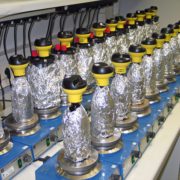Report published on further development of screening tests for the evaluation of potential PBT substances
Different ready biodegradability tests (OECD 301 series and OECD 310) are currently used for evaluating if a substance is readily biodegradable and for identifying potentially persistent substances. Although the methods differ considerably, the test results are considered equivalent. In persistency assessments under REACH, enhanced ready biodegradability tests with an extended test duration (up to 60 […]

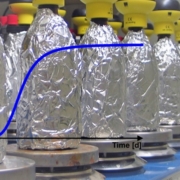 T. Junker
T. Junker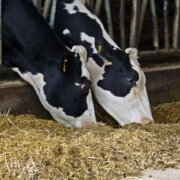 T. Junker
T. Junker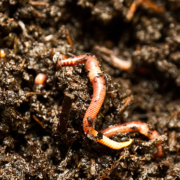 D. Leib
D. Leib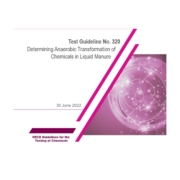
 Hydrotox - Labor für Ökotoxikologie und Gewässerschutz GmbH
Hydrotox - Labor für Ökotoxikologie und Gewässerschutz GmbH  T. Junker
T. Junker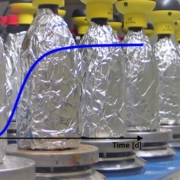 T. Junker
T. Junker